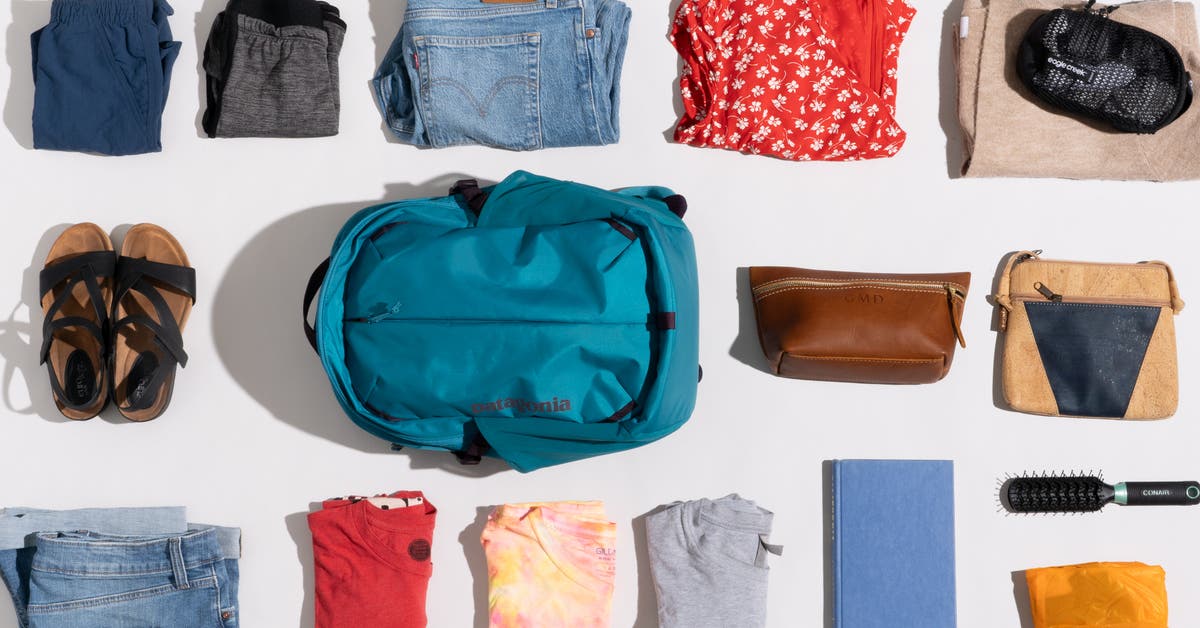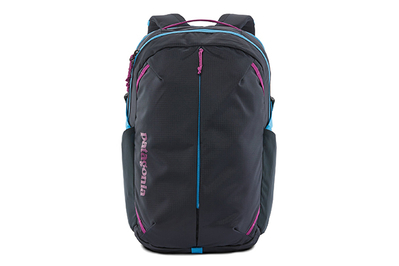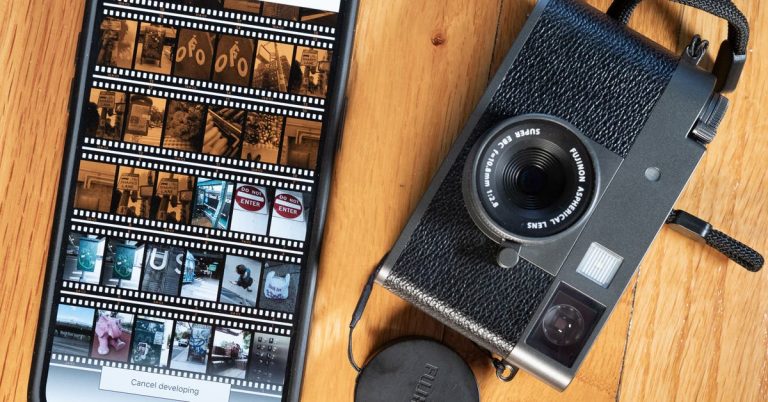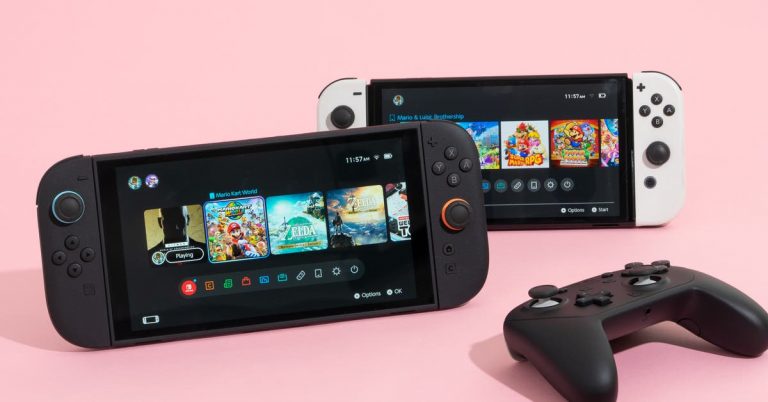We Found the Optimal Way to Pack for a 3-Day Trip With Just a ‘Personal Item’
Though we don’t recommend any backpacks as a personal item in our guide, Kit encouraged me to give a backpack a try. Our carry-on backpack picks don’t meet personal-item dimensions, so I picked a backpack we recommend for students. I went into testing assuming—and hoping—that when it was packed smartly, this backpack could be the ideal bag for personal-item-only travel. It turns out that this backpack worked even better than I’d hoped it would.
Top pick
When packing the Patagonia backpack, I put my pair of sandals at the bottom of the main compartment every time. From there I arranged and rearranged all of the items I wanted to pack. Since this bag lacks a lot of interior zippers and pockets, the main compartment is spacious and can be packed almost like a suitcase. Its contoured shoulder straps and padded back panels are designed to be ergonomically comfortable, and the bag has a removable sternum strap, to help stabilize it on your body while taking pressure off your spine.
Packing cubes and a roomy backpack are a perfect match. I was able to fit everything on the packing list inside the bag, and I even had room to spare. In the main compartment, I was able to pack the full-size dopp kit, sandals, all of the packing cubes, and the jeans and sweater (which did not fit into the cubes).
The exterior pocket allowed me to pack something extra. There’s a roomy pocket on the face of the pack that opens vertically, and I was able to use that space to stash my wallet, as well as a paperback book. When I set out to pack in just a personal-item bag, I accepted that I wouldn’t be able to fit any sort of entertainment. Since everything was so well compressed in the packing cubes, I didn’t have to use the outer pocket as a key packing compartment, so I had room for the book.
Removing the padded laptop sleeve freed up more space. Though the laptop compartment went mostly unused in every test, removing the padded laptop sleeve allowed me to fit more in the main compartment. I used the laptop compartment to slip in the extra, completely flat cross-body bag (but it could have fit in the outer pocket if needed).
The compression sack worked, but not as well. When I used the compression sack as the main compressing device, I was still able to fit everything. But the bag was bulkier and would likely have been harder to squeeze under a seat, especially on an airline with shorter height or narrower width measurements. This meant I had to cut back on toiletries. In a clear plastic bag, I packed the toothbrush, toothpaste, deodorant, lens wipes, and medication.
Packing the bag without any compression made for a tight squeeze, but it could still work. Without using packing cubes or a compression sack, I was still able to fit the entire packing list, but the contents didn’t fit as nicely. The hairbrush did not fit in the main compartment; if I’d insisted on keeping it, it probably would’ve had to sit in a side pocket meant for a water bottle. I would have to leave the book behind (which is fine), and I would probably opt to use a slimmed-down toiletry kit.
The bag is spacious and durable. Part of what stood out about this bag’s performance in testing was how roomy the main compartment was and how tough the bag felt. The outer shell is made from abrasion- and water-resistant recycled polyester. So while the shell is light and thin, it still feels durable. Therefore I believe this bag can handle being squashed under a tight airline seat, and it feels like it was meant for the task.







